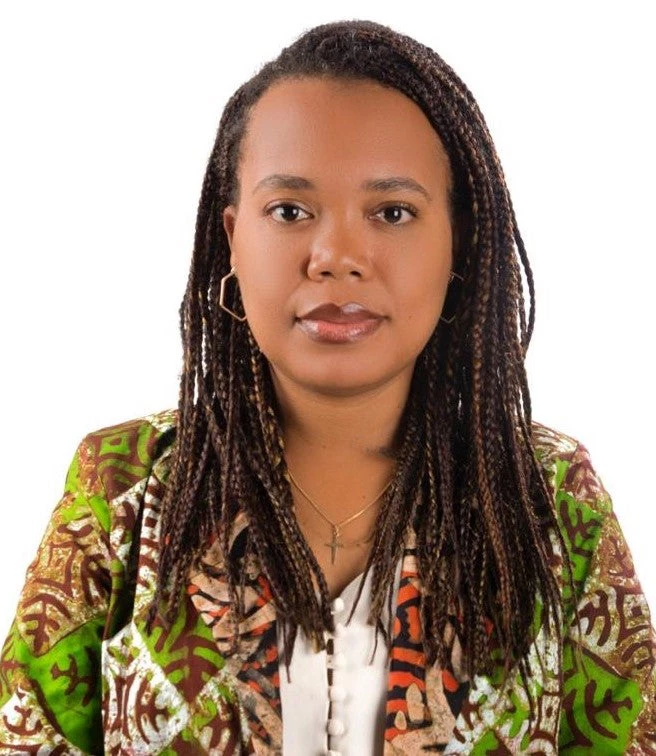 Acceptance of COVID-19 vaccines in the Republic of Congo.
Acceptance of COVID-19 vaccines in the Republic of Congo.
The Republic of Congo launched the vaccination campaign against COVID-19 on March 25, 2021, intending to vaccinate 60% of the population using all available vaccines (Sinopharm, Sputnik V, Sputnik Light, Johnson and Johnson, and Pfizer). To boost vaccination rate, on October 18, 2021, the Government launched a special operation entitled ‘Operation Coup de Point’ (OCP) that aimed to vaccinate 750,000 additional people (from 15 years old) within 45 days (13% of the targeted population). As of April 25, 2022, 11.28% of the population has been fully vaccinated.
The country experienced multiple peaks of COVID-19 cases since March 2020 and as of April 25, 2022, the country counts 24,017 verified cases, including 35 active cases and 385 deaths (1.6% of the cases). Since September 2020, the government started monitoring the effects of the pandemic by conducting monthly household high-frequency phone surveys (HFPS).
With the loosening of COVID-19 safety measures, observance of barrier measures (mask-wearing and social distancing) declined.
During the beginning of the pandemic, the government implemented several containment measures including a two-month long strict lockdown. By December 2020, the number of COVID-19 cases started falling and the restrictive measures were loosened, and mask-wearing and social distancing became less frequent among the population. In February 2021, 57% of people reported always wearing facemasks in public, compared to 86% in December 2020; 9% of people reported not practicing social distancing at all in February 2021, and 52% reported doing so only occasionally. Lower observance of such barrier measures is likely to have created a more conducive environment for the spread of the coronavirus, making the success of the vaccination campaign even more critical to prevent future waves of the pandemic in the country.
Figure 1: Compliance with COVID-19 barrier measures

Source: Author’s calculation based on HFPS rounds 4 to 6, INS 2020 and 2021
Despite misinformation campaigns on social media about the pandemic and vaccines, most people who were surveyed reported being willing to get vaccinated.
The HFPS shows a low rate of baseline vaccine hesitancy in Congo, with more than 80% of household heads expressing willingness to get vaccinated even before the vaccination campaign started. Among the vaccine-reluctant populations, the main reasons have been changing along with the spread of various rumors around vaccine research and roll-out in Western countries.
Figure 2: Vaccine acceptancy

Source: Author’s calculation based on HFPS rounds 3 to 6, INS 2020 and 2021
From intention to action: The vaccination campaign has not taken off in Congo despite most people’s willingness to get vaccinated
Along with willingness, the population also shows a high level of awareness about vaccines. By May 2021, almost 9 out of 10 household heads surveyed had heard about the vaccines available in the country and 8 out of 10 were willing to get themselves. At the same time, only 12% of households reported having at least one member that received at least one dose of vaccine.
Figure 3: Few facts about the vaccine

Source: Author’s calculation based on HFPS round 7, INS 2021
Although the share of the fully vaccinated population (as of April 25, 2022) has doubled since the launch of the OCP initiative, there is a slow rate of vaccination. This suggests that residual vaccine hesitancy could account for most people’s failure to act upon their declared intention to get vaccinated. The residual hesitancy and failure to follow through might be partly explained by unresolved skepticism about the vaccines’ effectiveness.
Also, the declining observance of containment measures over time suggests that people are becoming less concerned about contracting the virus. Complacency and lack of access to vaccination could be additional factors, despite the government’s efforts to expand access with additional mobile and fixed vaccination sites, which deliver vaccine certificates immediately.
Lastly, evidence suggests that low confidence in the health system might contribute to the gap between people’s vaccination intent and action. As the country strives to utilize the currently available 2 million vaccine doses before their expiration, clear and consistent communications are needed about vaccine safety and availability, and about the continuing risks the virus poses. At the same time, vaccine access needs to be easy, universal, and at minimum cost for households in terms of time and effort. Effective steps in these directions will help bridge the gap between the Congolese population’s initial attitudes toward vaccination and actual results on the ground, so that the country can achieve the 60 percent vaccination rate targeted by the government.






Join the Conversation